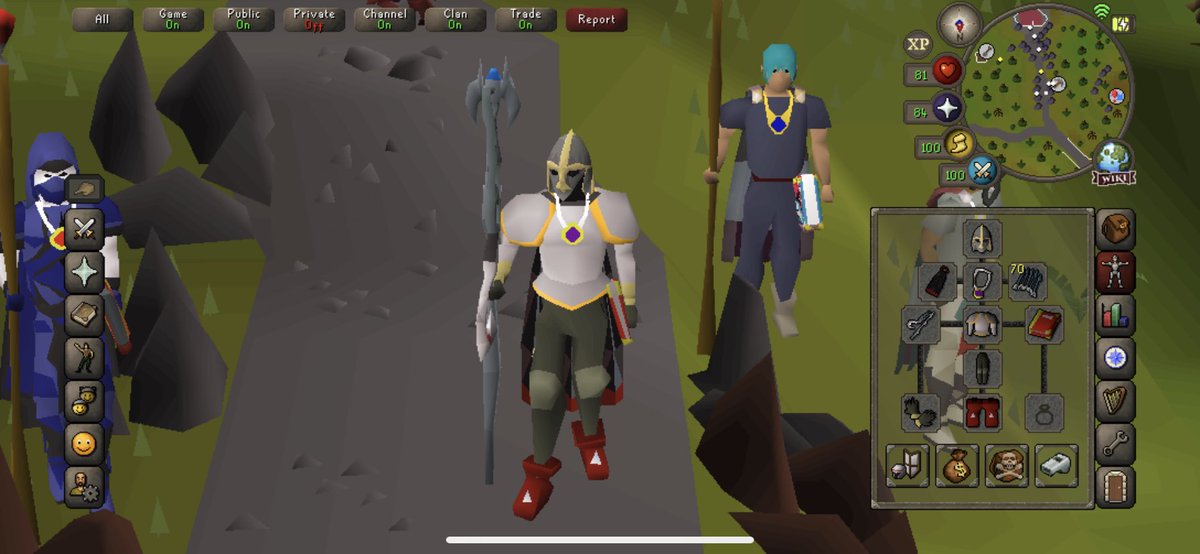

Much of his film profits have literally been sunk into a hole in the ground in the form of his adopted brother Mike Emery’s dig near Chester. The star of “The Dig,” Ralph Fiennes, is himself no stranger to archaeology. Jez Green, also a member of the Pagan community, said, “I love how it shows the richness, diversity, and connections of Anglo-Saxon England.” Shamanic practitioner Karen Kelly noted that “The actual finds reveal a society with as many links to Merovingian Gaul as to Scandinavia.” Sutton Hoo burial mounds with Pretty’s house in the distance – Image credit: Tim Marchant, CC BY-SA 2.0

However, as pointed out on the British Museum’s website, the contents of the ship burial come from many different regions and this is indeed an indication of the level of trade at this time. If the site is the burial chamber for Rædwald, then the king maintained a Pagan temple in the region although, ironically, he was the first East Angle king to convert to Christianity: he did so at Æthelberht’s court at some point before 605 AD.īut the site is not proven to have been Rædwald’s tomb, as Gavin Bone points out above, there have been suggestions that it belongs to a Danish king, and due to similarities between finds at Sutton Hoo and those in Swedish sites, some commentators have also hypothesized that the inhabitant may have been of Swedish origins. The finds do show just how much trading was going on before 1066. Gavin Bone told us, “It’s likely it’s the burial site for a Danish rather than an Anglo-Saxon king. We asked some of the British and Irish pagan community for their views: She added, “…the 1939 excavation carried out by Basil Brown and the other archaeologists was done so well that its results went on to transform our understanding of this time in history, and the lives and beliefs of the people who lived then.” He may have held power over neighbouring kingdoms too, which may have earned him a good send off.” We can’t name that king for certain, but a popular candidate is Rædwald, who ruled the kingdom of East Anglia around this time in the early seventh century. “It’s this effort, coupled with the quality and the quantity of the grave goods from all over the known world at that time, that has made people think that an Anglo-Saxon king may have been buried here. Sue Brunning, the Curator of Early Medieval European Collections at the British Museum, speaks about the significance of Brown’s find on the museum’s website. People of high status were buried in mounds in this part of the country and there are a number of other mound burials in the area surrounding Sutton Hoo.

It is also not the only burial in the area. The boat itself is 27 meters in length and had been an actual sea-going ship, not just a representation of one. However, others point out that no shroud ties or bodily adornments have been found, which one might expect if the body had simply decomposed. Those findings suggest that the body had succumbed to natural causes of decay. There was a human-shaped space at the center of the burial site but experts are confident that this was not simply a cenotaph, but an actual burial, since there are traces of phosphates in the soil indicative of the presence of a corpse. The one thing that they did not find was a body. Sutton Hoo helmet – Image credit: Joyofmuseums – CC BY-SA 4.0


 0 kommentar(er)
0 kommentar(er)
